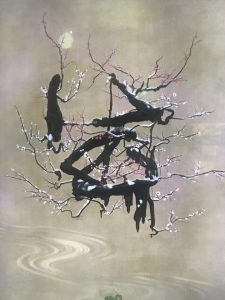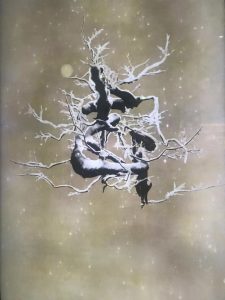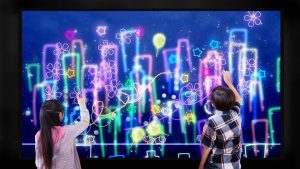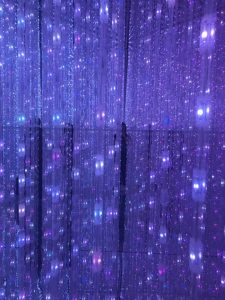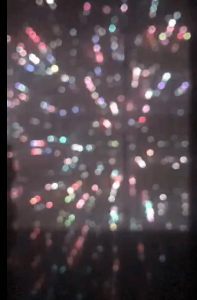I choose to browse through A companion to Digital Art, edited by Christiane Paul for this reading assignment. For me, digital art seems quite appealing not only for its aesthetic aspect, but also the technology aspect.
As defined in Wikipedia, digital art is an artistic work or practice that uses digital technology as part of the creative or presentation process. In fact, the name and definition have undergone several changes since it exists. From multimedia art, cyberart to new media art and digital art. It is getting more and more effective in our daily life without being noticed. Digital art can be seen in every detail in our life, such as graphic design posters done by computer software, 3D modeling in videos and games, not to mention all the fantastic special effects in movies and advertisements. Although it is not well-appreciated in today’s art market, it has become “the art of our time, thematizing complex challenges for our life and societies”, according to the author.
Due to the time constraint, I only choose one chapter to focus. I was attracted by the chapter 14 The Cultural Work of Public Interactives, which is written by Anne Balsamo. Public interactive is broad definition of technological devices in public space used to offer the audience an experience of digital mediated communication. In this book, the author approaches the definition of interactive art from three aspects, as an art form, a mode of public communication and a manifestation of multiform pervasive computing. Interactive is basically conversation, a conversation between human and human, human and machine or machine and machine.
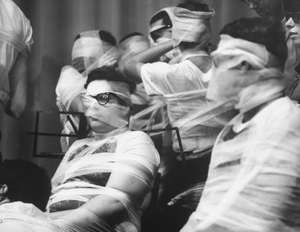
Fluxus
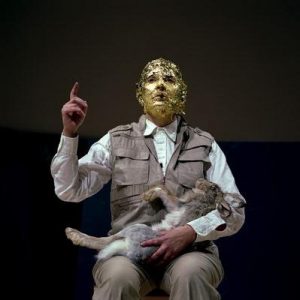
Joseph-Beuys (Installation art)
Developed from 20th‐century art networks such as Fluxus, installation art, media art and some other genres of art, public interactive is different from normal interactive art as it involves a combination of technical, aesthetic and social domains. However, the core of the public interactive art is still a designed interface to allow human and machine to interact. The main location for this kind of public interactive project would be city streets and urban screens. It has multiple and contradictory impacts on social cultures.
As for the art and design part, public interactive involves the creation of a good interface between humans and technology. It needs to organize the massive inputs and outputs and carefully design the processes. I like how the author describes the aesthetic and art of the interface as a term, “Look and feel”, which “is one of the key characteristics by which public interactives make sense to human users”.
There are some more content involves in this essay, like the genres of public interactive and some useful examples. In all, after reading this part of the book, I have some basic understanding of this new term public interactive, which also helps me better understand the interaction between humans and technology.
